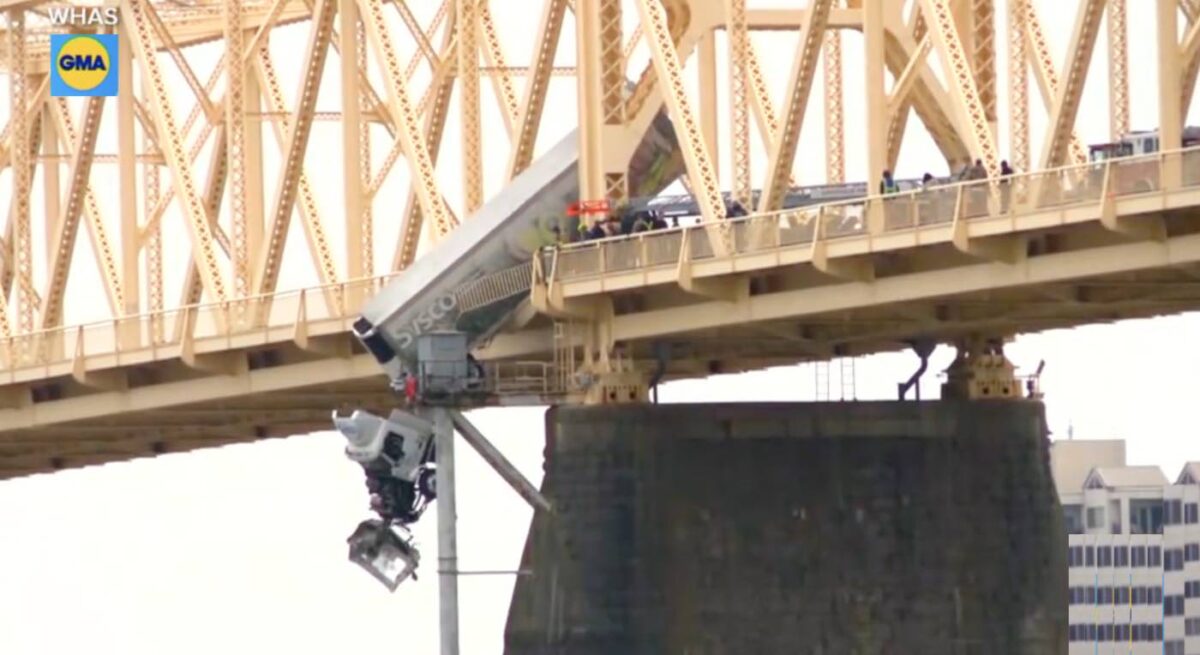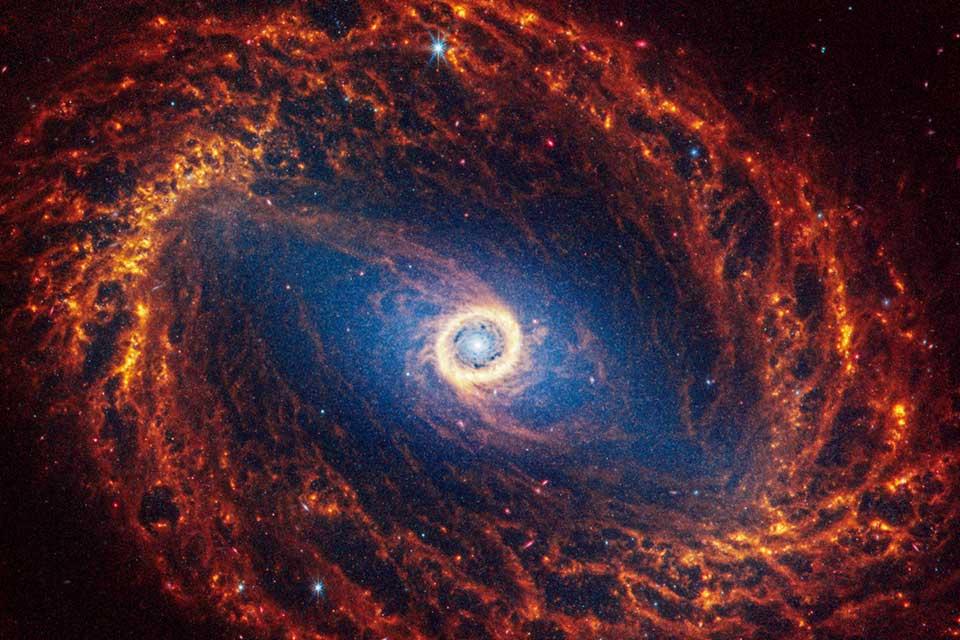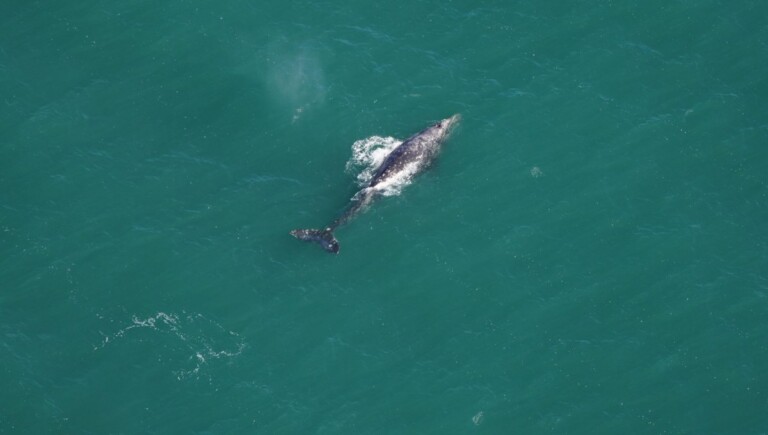Bullet Trains Coming Back?
Despite extensive research and discussions on the topic for decades, the United States still lacks true high-speed rail services. Since the late 1980s, there have been efforts to introduce bullet train service in Texas, with Texas Central spearheading the most ambitious project since 2014. This project aims to connect Dallas and Houston with a train capable of speeds over 200 miles per hour, significantly reducing the current three-and-a-half-hour drive to just 90 minutes.
Andy Byford, Amtrak’s senior vice president of high-speed rail programs, emphasized the advantage over conventional travel methods, saying, “You cannot do that in a car. You cannot do that if you fly, if you factor in going to the airport, going through security, getting back in from the airport at the other end.”
In 2023, Amtrak sought to rekindle the high-speed rail project within the Texas Triangle, aiming to enhance connectivity between Dallas-Fort Worth and Houston, which are among the nation’s largest population centers.
The debate over high-speed rail accompanies broader transportation challenges, with alternatives such as expanding airports or highways failing to significantly reduce travel times. Congressman Seth Moulton, formerly associated with Texas Central, articulated this dilemma, stating, “If you don’t build high-speed rail between Dallas and Houston, then you only have two options. You can either expand the airport or expand the highway. It’s not going to decrease the travel time between those cities. It’s still going to take at least three hours to get between Dallas and Houston.”
Despite the clear benefits, the project does have several drawbacks, including regulatory and property rights issues. Financially, the endeavor is daunting, with an estimated cost of $33.6 billion. High-speed rail projects globally, like Japan’s Tokaido Shinkansen, have faced cost overruns, raising questions about economic feasibility. However, the project has attracted significant support, including a $300 million loan from the Japan Bank for International Cooperation and a study grant for potential Amtrak partnership.
If satisfactory solutions are found for these problems, high-speed passenger rail could be a huge positive for those living in the area.




